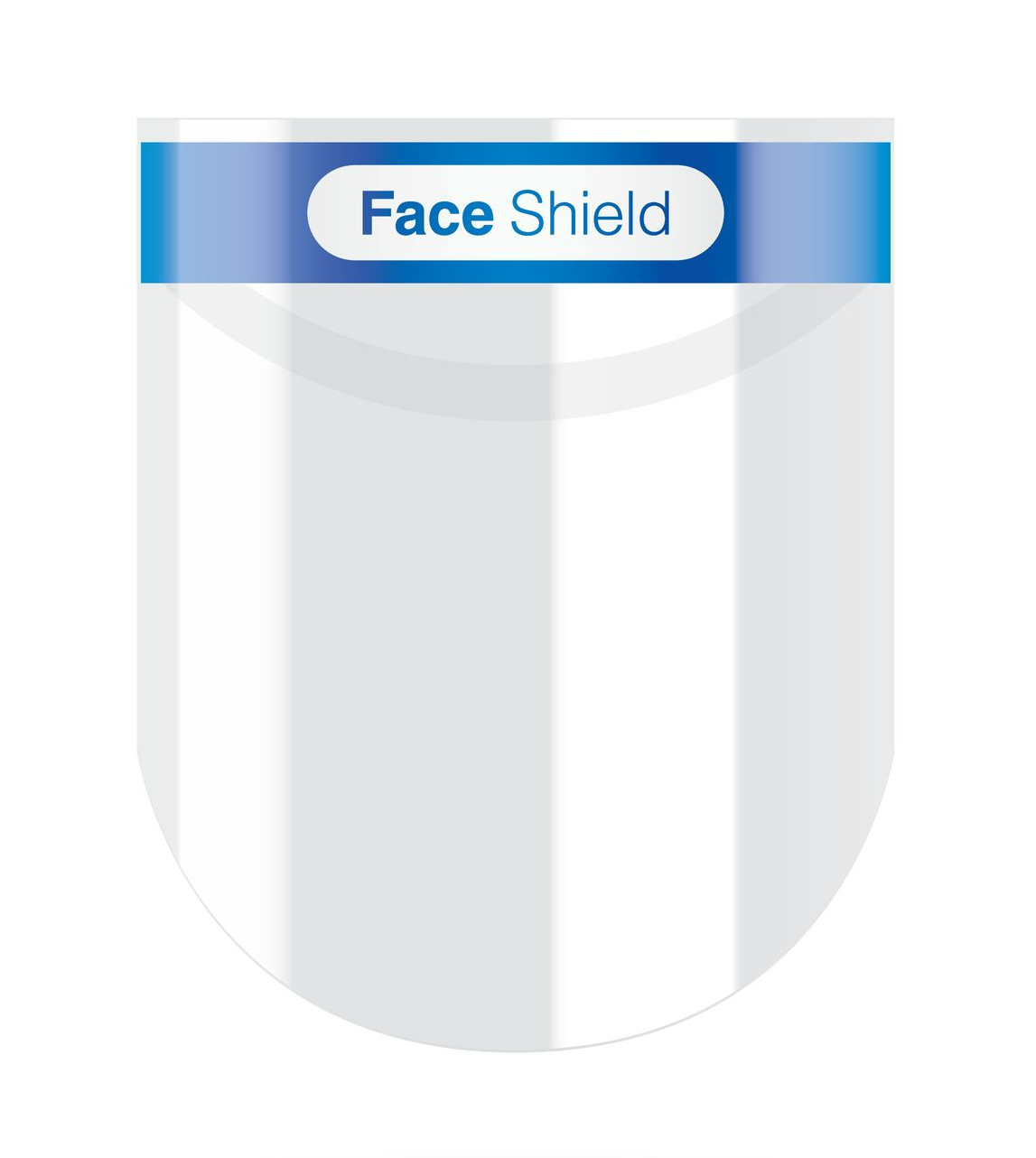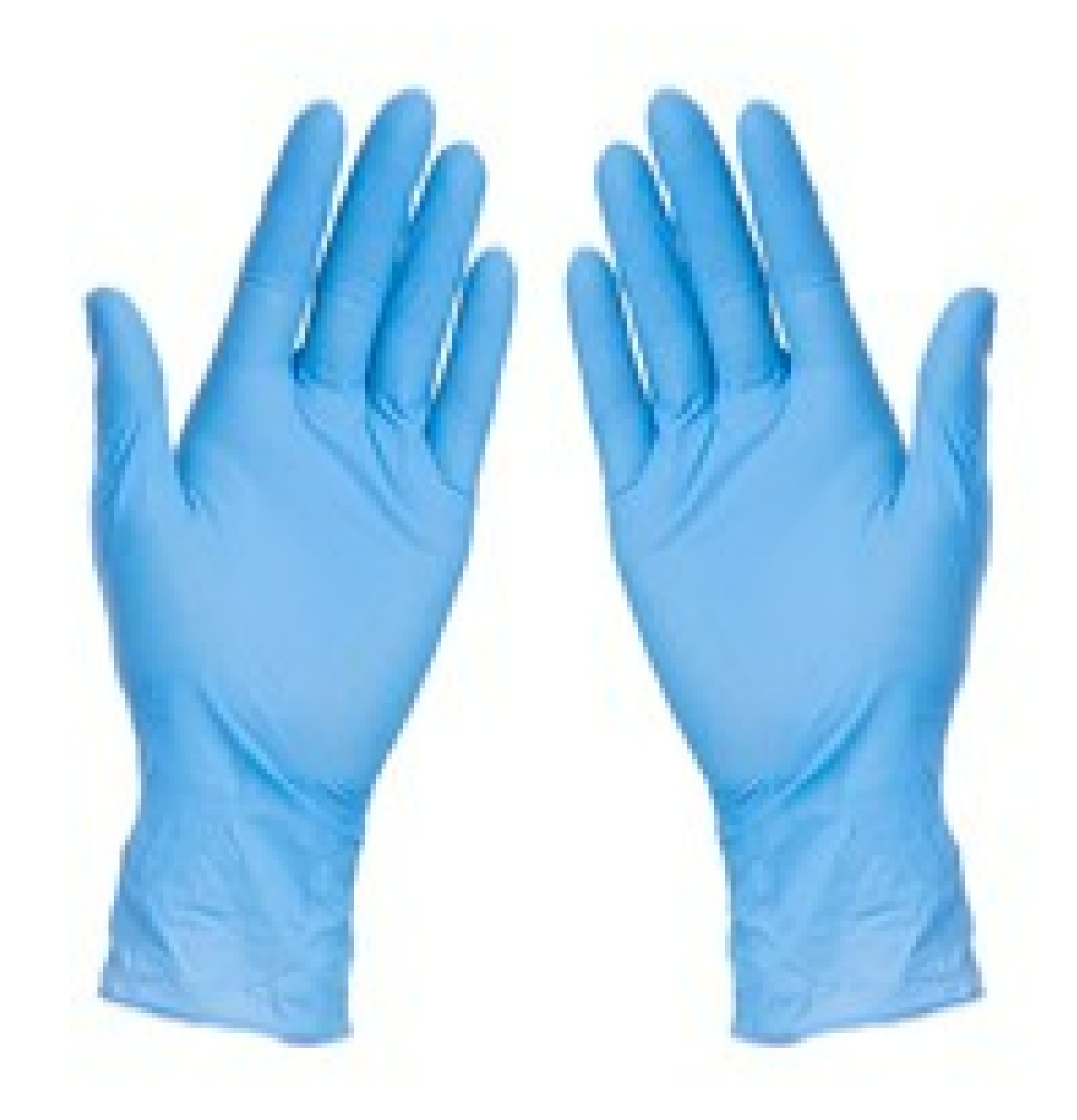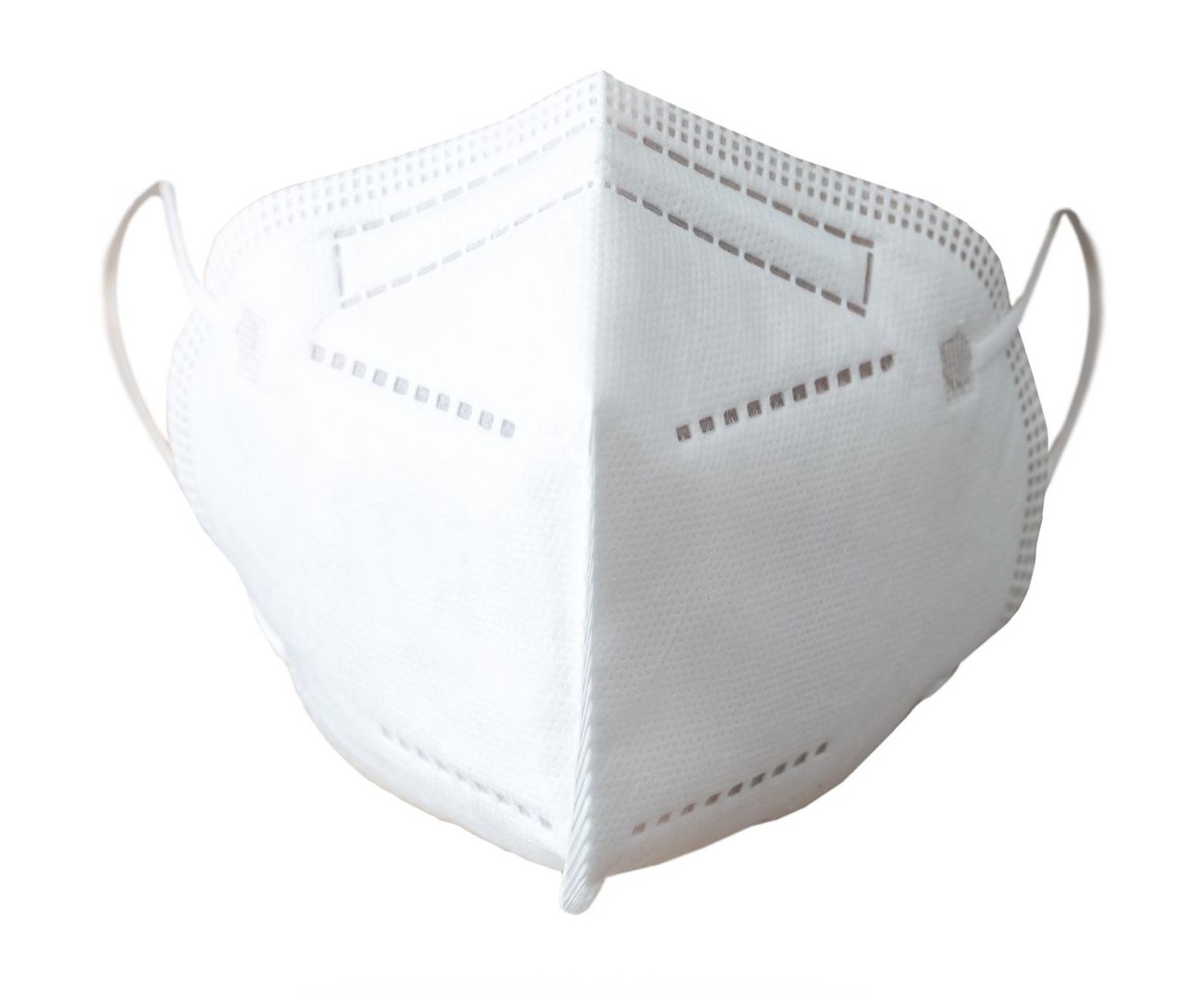PPE for Cleaning Staff
Personal Protective Equipment (PPE) prevents contact with infectious agents or body fluids by creating a barrier between the employee and the infectious material. The type of PPE needed in cleaning depends on the risk assessment.
Consider the risk
The likelihood of exposure to any infectious agent or body fluid
The volume of the infectious agent or body fluid likely to be encountered
The possible route of transmission of infections
The type of exposure that could be possible
How PPE works
Gloves protect the hands
Gowns or aprons protect the skin and or clothing
Masks and respirators protect the mouth and nose
Goggles protect the eyes
Face shields protect the entire face
Cleaning employees must be educated and trained in PPE use, including donning and doffing
Adequate supplies of PPE must be readily available for all employees at all times
PPE should always be
Kept in cleaners' rooms
Readily accessible
Kept on cleaning trolleys
Worn when doing cleaning tasks
Worn when handling chemicals
Worn when handling waste
PPE considered, depending on the risk




Gloves
Surgical or high-filtration masks
Eyewear or face shields
Waterproof aprons or long sleeve gowns
In addition to PPE, cleaning employees are to ensure they wear clean clothes daily and follow hand hygiene practices